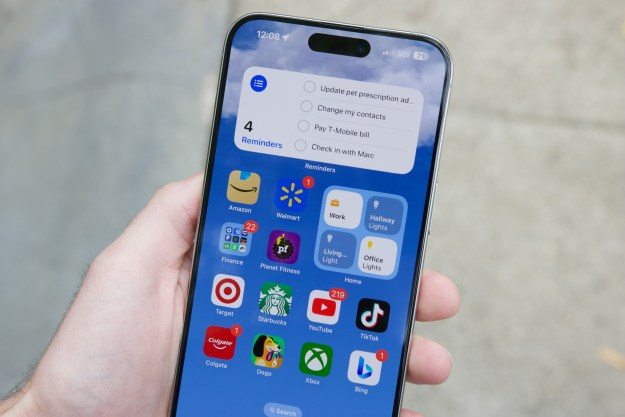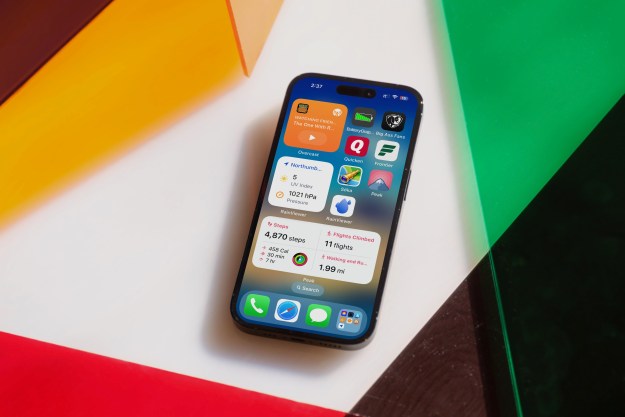![]() The clouds are rolling in. Amazon unveiled three new cloud-based products late last night, beating expected future competitors Apple and Google to the market. Cloud computing is a model that allows for the sharing of software, data and resources across a vast network, with all centrally located content made accessible remotely to users in the “cloud.” Amazon’s launch introduces three services: Cloud Drive, for general data storage, Cloud Player for Web, which people can use to access purchased media, and an Android-powered offshoot of the Cloud Player.
The clouds are rolling in. Amazon unveiled three new cloud-based products late last night, beating expected future competitors Apple and Google to the market. Cloud computing is a model that allows for the sharing of software, data and resources across a vast network, with all centrally located content made accessible remotely to users in the “cloud.” Amazon’s launch introduces three services: Cloud Drive, for general data storage, Cloud Player for Web, which people can use to access purchased media, and an Android-powered offshoot of the Cloud Player.
Eagle-eyed Apple enthusiasts might have noted in the above paragraph that there’s no mention of the iPhone or any other iOS-powered mobile device. That’s not an oversight. The new Amazon service seems to not work with with Apple’s sub-laptop products. More than that, it doesn’t even seem to be an issue relating to the absence of Flash support on iDevices; TechCrunch notes that the Cloud Player worked fine on a MacBook Air without Flash installed.
It appears that Amazon might be straight-up blocking access to the service for Apple’s Mobile Safari web browser. Navigating to the Cloud Player page — Cloud Drive is Flash-powered — results in a “Your browser is not supported” error message. You can then get into the player, but nothing happens when “Play” is clicked. One TC commenter noted that Mobile Safari users can access the download option to load the content directly onto their devices as a workaround. I also tested Cloud Player for Web on my own iPad and iPhone using the Atomic Web Browser app — which allows you to set your browser to be identified as something other than Mobile Safari — and it worked fine there as well.
There is a strong indication that Apple will be announcing its own cloud service plans at WWDC in June, with a “music locker” being worked in as part of MobileMe. With Amazon now the first to market with cloud storage features, it will certainly be interesting to see how Steve Jobs and company respond.
Editors' Recommendations
- An Apple insider just revealed how iOS 18’s AI features will work
- This one thing could make iOS 18 the best iPhone update in years
- When will Apple release iOS 18? Here’s what we know
- This could be our first look at iOS 18’s huge redesign
- How to change your iPhone’s notification sound in iOS 17


